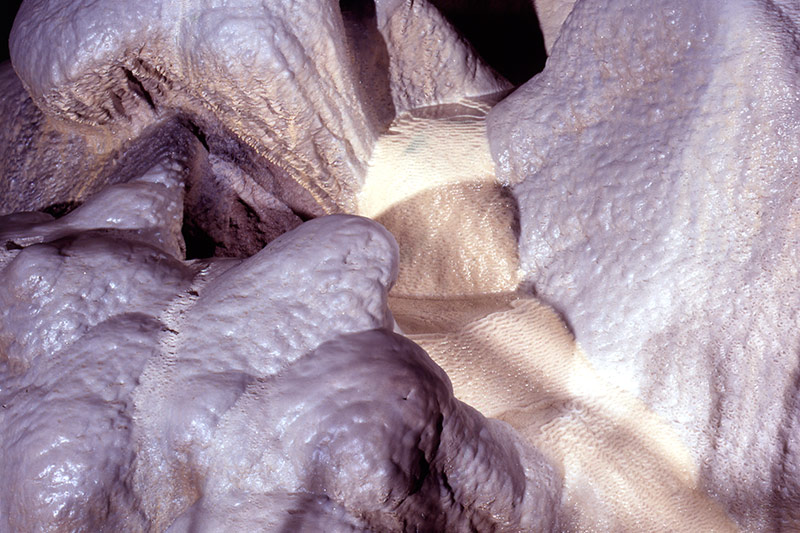
The British Cave Research Association is teaming up with Buxton Civic Association to provide a facility to be known as the British Cave Monitoring Centre at Poole’s Cavern show cave, in Derbyshire, UK. Equipment will be provided to allow students to undertake projects to provide long-term monitoring of cave climate and to facilitate cave-related studies and scientific research. David Gibson describes how this is also an opportunity for BCRA’s Cave Radio and Electronics Group to provide tailor-made equipment for sensing, logging, and the transmission of data to a website.
A stumbling block for cave research in recent years has been the reluctance of many university authorities in the UK to allow their students to go caving. Even with the promise of nationally-qualified cave ‘minders’, students have been unable to get permission to go underground in ‘wild caves’ to perform experiments and to undertake research as part of their degree dissertations. Cave research is important for several reasons – limestone aquifers are an important resource for a large part of the world’s population, and so tracing water flow (and water pollution) is important.
Caves also provide a historical climate record, in speleothems, that is important in environmental research. The fact that current undergraduates are being discouraged by universities from learning about the importance of caves is a notable concern.
A National Cave-Monitoring Centre
With the above in mind, CREG’s parent body, the British Cave Research Association (BCRA) is in the process of signing a partnership agreement with another charity, the Buxton Civic Association (BuxCA), to provide funds to run a facility for students at the Poole’s Cavern show cave in Buxton, in the Derbyshire Peak District. The facility will be known as the British Cave Monitoring Centre (BCMC). The aim of the BCMC will be to monitor cave climate and environmental conditions over a prolonged period and to facilitate cave-related studies and scientific research.
The centre is to be funded jointly by BuxCA and BCRA with each party initially contributing £3,000 in 2018. BCRA’s role will be to advise on the instruments and equipment that will be required to monitor temperature and carbon dioxide, not only within the cave but in the soil external to the cave. BCRA will also be responsible for uploading data from the instruments, and for data storage. BCRA will appoint a panel to vet applications for research projects. BuxCA will provide storage for instruments and equipment together with suitable office facilities, with Internet access; as well as providing access to the show cave, which they manage.
Sensors
Commercial sensors and loggers are available for use by cave scientists. Those of you who attended BCRA’s field meeting at Malham Tarn in 2016 will have seen the wide range of equipment that is in use – not only simple temperature sensors, but water depth sensors, dye detectors and even dustbin-sized water-sampling equipment, arranged to take and store a water sample at predetermined intervals. At Poole’s cavern, humidity and CO2 sensors, drip counters and other items of equipment will also be used. All this data has to be stored and, ideally, transmitted out of the cave, and uploaded to the Internet. From there, it will be made available (freely, for non-commercial purposes) and presented in various ways on a set of webpages.
Sponsorship
Gemini Data Loggers, who manufacture the range of Tinytag loggers in the UK, has agreed to sponsor the Monitoring Centre by providing some of the required equipment, including radio-linked temperature loggers, and the necessary gateway to get the data out of the cave and onto a webpage.
Additionally, the organisers of the UK’s annual caving conference, Hidden Earth, have expressed their support for the project and a willingness to make a contribution towards the cost of equipment in return for the research being reported in lectures at the Hidden Earth conference.







